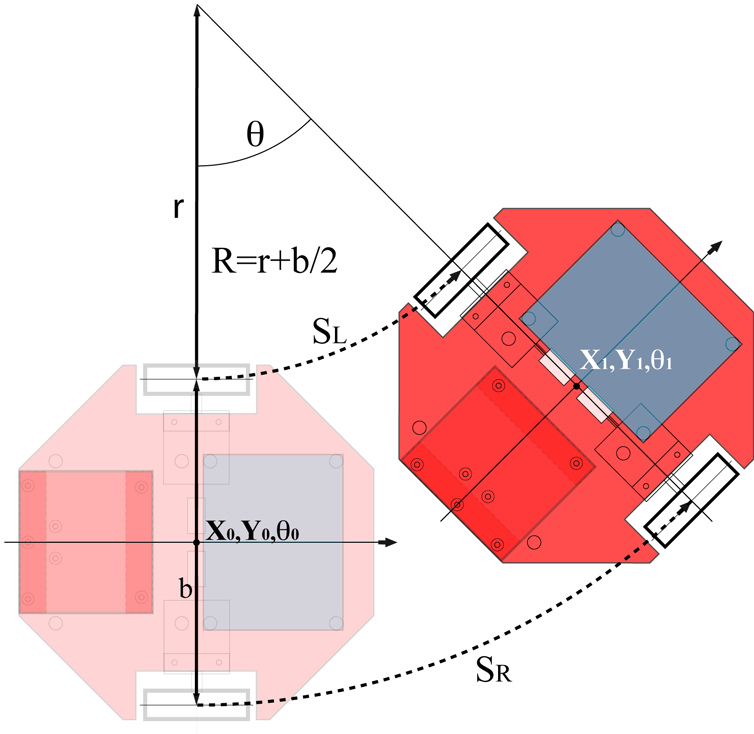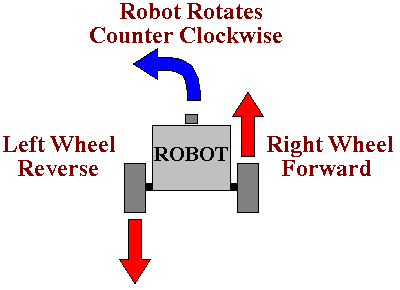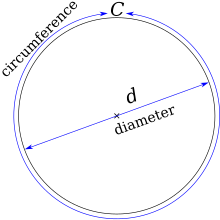Hello all,
I needed in one of my project to store data in a database, So as I only know Mysql I directly jump on it.
But my big problem was that I have to put all of the files in one package the thing that Mysql won't allow me to do, cause Mysql is a server database witch means that we can only connect to it and not integrate it in our application
like this example . (correct me if I'm wrong please)
So I searched more and I found this little piece of jewellery
System.data.sql.dll witch is a SQL based database direct link library that could be simply integrated in your C# application.
These are some tools I used to create and manage my database:
Some useful tutoriels:
using the sqlite function and send SQL queries.
Gives a very useful class to manage data with dataGridView, inserting , updating and all those stuff
I added a method that can create data table:
using System;
using System.Collections.Generic;
using System.Data;
using System.Data.SQLite;
using System.Windows.Forms;
class SQLiteDatabase
{
String dbConnection;
/// <summary>
/// Default Constructor for SQLiteDatabase Class.
/// </summary>
public SQLiteDatabase()
{
dbConnection = "Data Source=REMOTES.s3db";
}
/// <summary>
/// Single Param Constructor for specifying the DB file.
/// </summary>
/// <param name="inputFile">The File containing the DB</param>
public SQLiteDatabase(String inputFile)
{
dbConnection = String.Format("Data Source={0}", inputFile);
}
/// <summary>
/// Single Param Constructor for specifying advanced connection options.
/// </summary>
/// <param name="connectionOpts">A dictionary containing all desired options and their values</param>
public SQLiteDatabase(Dictionary<String, String> connectionOpts)
{
String str = "";
foreach (KeyValuePair<String, String> row in connectionOpts)
{
str += String.Format("{0}={1}; ", row.Key, row.Value);
}
str = str.Trim().Substring(0, str.Length - 1);
dbConnection = str;
}
/// <summary>
/// Allows the programmer to run a query against the Database.
/// </summary>
/// <param name="sql">The SQL to run</param>
/// <returns>A DataTable containing the result set.</returns>
public DataTable GetDataTable(string sql)
{
DataTable dt = new DataTable();
try
{
SQLiteConnection cnn = new SQLiteConnection(dbConnection);
cnn.Open();
SQLiteCommand mycommand = new SQLiteCommand(cnn);
mycommand.CommandText = sql;
SQLiteDataReader reader = mycommand.ExecuteReader();
dt.Load(reader);
reader.Close();
cnn.Close();
}
catch (Exception e)
{
throw new Exception(e.Message);
}
return dt;
}
/// <summary>
/// Allows the programmer to interact with the database for purposes other than a query.
/// </summary>
/// <param name="sql">The SQL to be run.</param>
/// <returns>An Integer containing the number of rows updated.</returns>
public int ExecuteNonQuery(string sql)
{
SQLiteConnection cnn = new SQLiteConnection(dbConnection);
cnn.Open();
SQLiteCommand mycommand = new SQLiteCommand(cnn);
mycommand.CommandText = sql;
int rowsUpdated = mycommand.ExecuteNonQuery();
cnn.Close();
return rowsUpdated;
}
/// <summary>
/// Allows the programmer to retrieve single items from the DB.
/// </summary>
/// <param name="sql">The query to run.</param>
/// <returns>A string.</returns>
public string ExecuteScalar(string sql)
{
SQLiteConnection cnn = new SQLiteConnection(dbConnection);
cnn.Open();
SQLiteCommand mycommand = new SQLiteCommand(cnn);
mycommand.CommandText = sql;
object value = mycommand.ExecuteScalar();
cnn.Close();
if (value != null)
{
return value.ToString();
}
return "";
}
/// <summary>
/// Allows the programmer to easily update rows in the DB.
/// </summary>
/// <param name="tableName">The table to update.</param>
/// <param name="data">A dictionary containing Column names and their new values.</param>
/// <param name="where">The where clause for the update statement.</param>
/// <returns>A boolean true or false to signify success or failure.</returns>
public bool Update(String tableName, Dictionary<String, String> data, String where)
{
String vals = "";
Boolean returnCode = true;
if (data.Count >= 1)
{
foreach (KeyValuePair<String, String> val in data)
{
vals += String.Format(" {0} = '{1}',", val.Key.ToString(), val.Value.ToString());
}
vals = vals.Substring(0, vals.Length - 1);
}
try
{
this.ExecuteNonQuery(String.Format("update {0} set {1} where {2};", tableName, vals, where));
}
catch
{
returnCode = false;
}
return returnCode;
}
/// <summary>
/// Allows the programmer to easily delete rows from the DB.
/// </summary>
/// <param name="tableName">The table from which to delete.</param>
/// <param name="where">The where clause for the delete.</param>
/// <returns>A boolean true or false to signify success or failure.</returns>
public bool Delete(String tableName, String where)
{
Boolean returnCode = true;
try
{
this.ExecuteNonQuery(String.Format("delete from {0} where {1};", tableName, where));
}
catch (Exception fail)
{
MessageBox.Show(fail.Message);
returnCode = false;
}
return returnCode;
}
/// <summary>
/// Allows the programmer to easily insert into the DB
/// </summary>
/// <param name="tableName">The table into which we insert the data.</param>
/// <param name="data">A dictionary containing the column names and data for the insert.</param>
/// <returns>A boolean true or false to signify success or failure.</returns>
public bool Insert(String tableName, Dictionary<String, String> data)
{
String columns = "";
String values = "";
Boolean returnCode = true;
foreach (KeyValuePair<String, String> val in data)
{
columns += String.Format(" {0},", val.Key.ToString());
values += String.Format(" '{0}',", val.Value);
}
columns = columns.Substring(0, columns.Length - 1);
values = values.Substring(0, values.Length - 1);
try
{
this.ExecuteNonQuery(String.Format("insert into {0}({1}) values({2});", tableName, columns, values));
}
catch (Exception fail)
{
MessageBox.Show(fail.Message);
returnCode = false;
}
return returnCode;
}
/// <summary>
/// Allows the programmer to easily delete all data from the DB.
/// </summary>
/// <returns>A boolean true or false to signify success or failure.</returns>
public bool ClearDB()
{
DataTable tables;
try
{
tables = this.GetDataTable("select NAME from SQLITE_MASTER where type='table' order by NAME;");
foreach (DataRow table in tables.Rows)
{
this.ClearTable(table["NAME"].ToString());
}
return true;
}
catch
{
return false;
}
}
/// <summary>
/// Allows the user to easily clear all data from a specific table.
/// </summary>
/// <param name="table">The name of the table to clear.</param>
/// <returns>A boolean true or false to signify success or failure.</returns>
public bool ClearTable(String table)
{
try
{
this.ExecuteNonQuery(String.Format("delete from {0};", table));
return true;
}
catch
{
return false;
}
}
public bool CreateTable(String TableName)
{
try
{
this.ExecuteNonQuery("CREATE TABLE IF NOT EXISTS " + TableName + " ( id INTEGER NOT NULL PRIMARY KEY AUTOINCREMENT, name VARCHAR(100) NOT NULL);");
return true;
}
catch (Exception ex)
{
MessageBox.Show(ex.ToString());
return false;
}
}
}
































